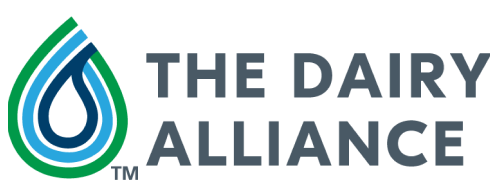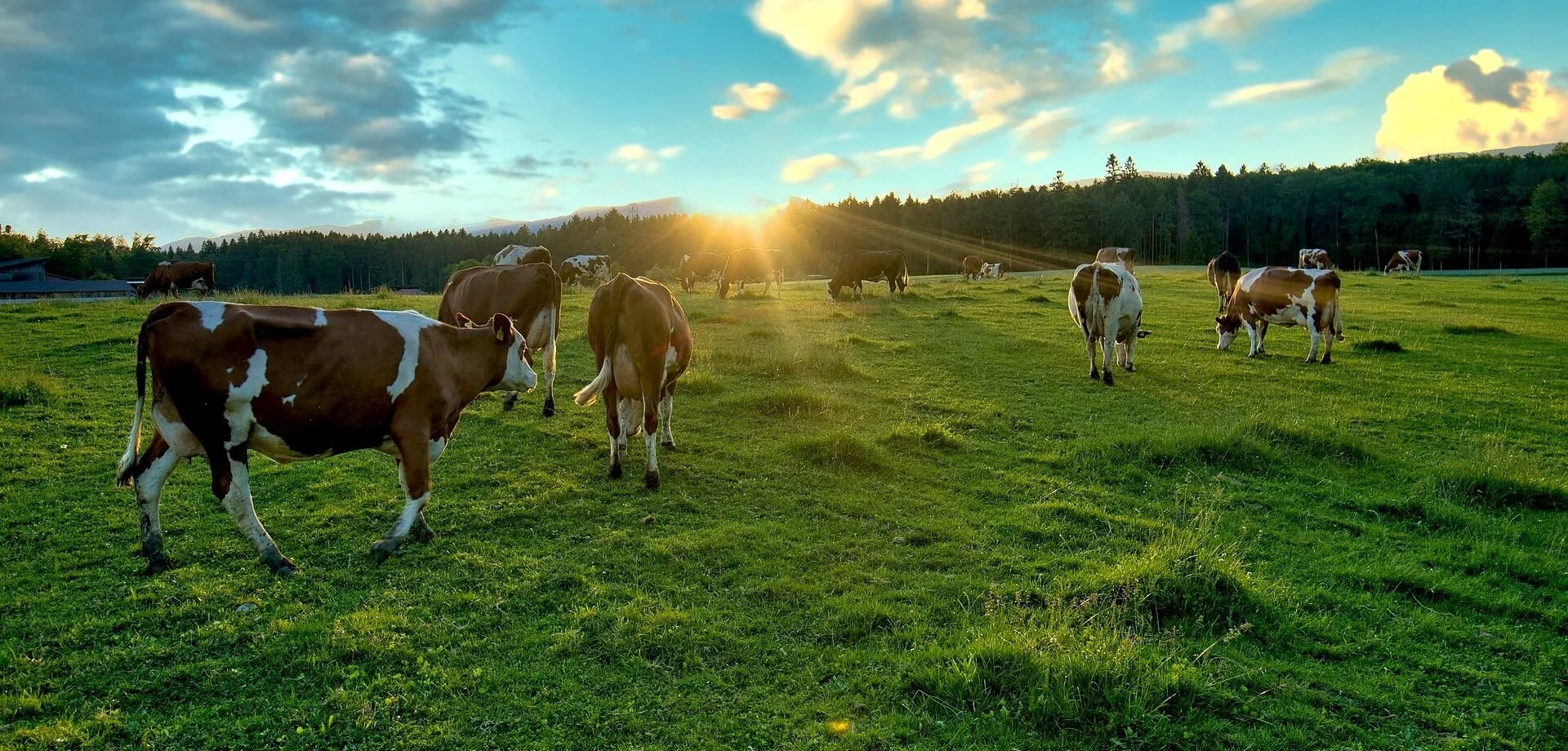Celebrate Earth Day with Dairy
What provides 8 grams of high-quality protein, more than 20 percent Daily Value of calcium per 8-ounce glass, and is a better source of hydration than water? Milk!
Using improved genetics, cattle nutrition, and technology, dairy farmers produce 60 percent more milk with less than half the number of dairy cows used 70 years ago. Dramatic reduction of herd size has reduced dairy’s carbon footprint by two-thirds compared to 1950s numbers. Dairy farmers rely on artificial insemination and genetic testing technologies to develop genetically superior animals that safely and efficiently produce more milk.
Dairy cows are amazing animals! They can provide healthy sources of protein, vitamins, and minerals while reducing waste. Cattle have a unique ruminant digestive system that allows them to intake some products that would otherwise become waste. Dairy farmers use food by-products like distillers’ grains, almond hulls, and citrus pulp to mix nutrient-dense feed that dairy cows convert to delicious and nutritious milk. What an amazing contribution to our environment--reducing waste while feeding an ever-growing global population! Dairy cows can also graze lands that are not suitable for farming crops. Studies are now showing that proper grazing techniques maintain native grasses as well as help to prevent destructive wildfires.
As members of the production agriculture community, our family understands that healthy and efficient cattle are good for the environment. Farmers continue to work tirelessly to provide sustainable, nutritious foods with less animals than previous generations.
As we celebrate Earth Day this year, let’s raise a glass of delicious, nutritious milk to all the dairy farmers that devote their lives to this sustainable endeavor!
Elesha Ergle, RDN is a registered dietitian who has a passion for working in long-term care, creating recipes, cooking, and writing. She is also a beef farmer and she enjoys sharing the health message of farming with her community.






